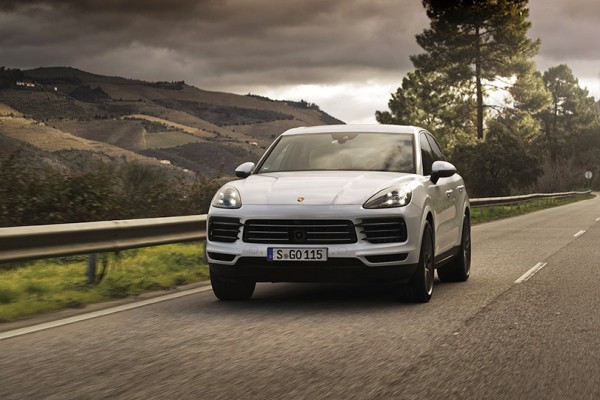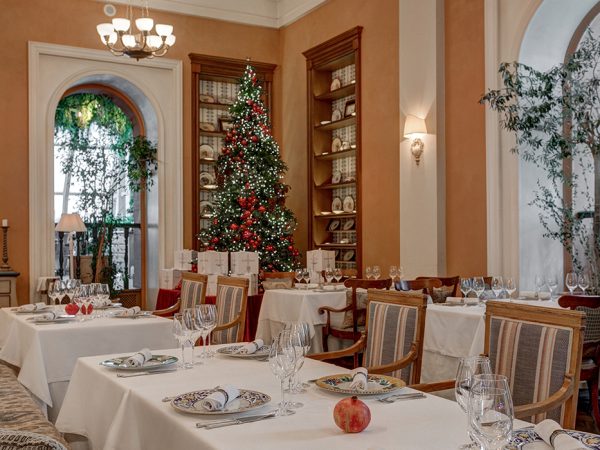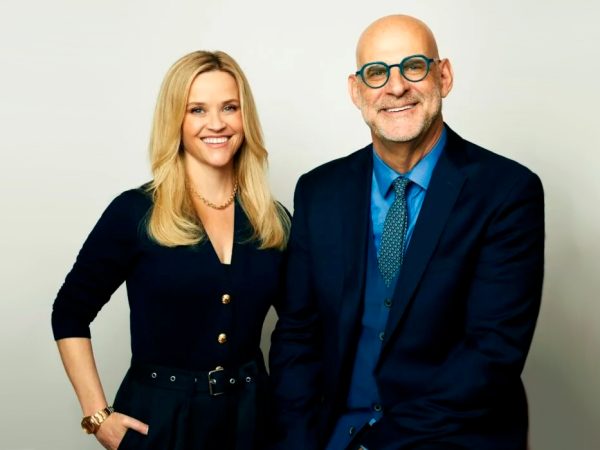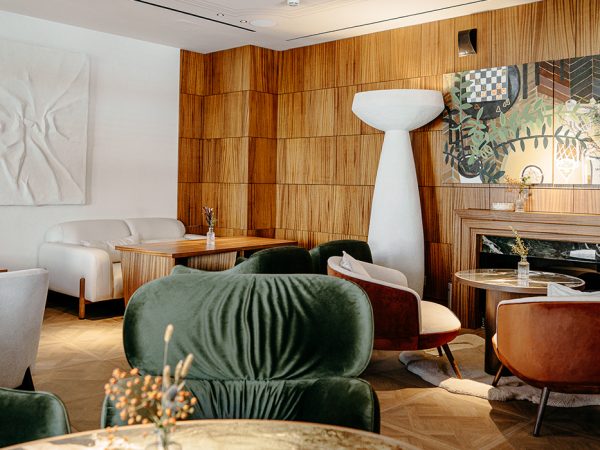It has never been difficult to be a tiny bit cynical about the sheer predictability of Porsche’s design department when it comes to launching new versions of existing models. Looking at the results though, you can only conclude that Porsche has perfected the art of incrementally improving even its best recipes.
The very first generation of the Cayenne, successful though it was in terms of sales, had quite a hard time winning over any car enthusiasts. Not only was the original Cayenne a bit hard on the eyes, as Porsche’s first SUV it represented the kind of change that tends to rub Porsche enthusiasts the wrong way. But, as usual, Porsche engineers then went ahead and made the next version better at basically everything. And the next one after that, and so on. The latest Cayenne sits on an all new platform, the first of the third generation. But because Porsche always does a mid-cycle refresh, in regular terms we’re now on the fifth version.
![]()
![]()
Unsurprisingly, the new Cayenne doesn’t look particularly different from the car it replaces, not when seen from the front anyway. You certainly wouldn’t blame any non-car person for not spotting the difference. It’s a slightly different story at the back, where the rear lights are now in line with the design language we already know from new Panamera and 718. I think it’s a smart look, but that’s a subjective matter. I actually kind of got to like the way the updated second generation Cayenne looked, but I find the new one equally pleasing so I’m not complaining. Either way, it still looks like a Cayenne and nothing else. Which probably means mission accomplished.
![]()
![]()
The things that are most worth talking about, however, aren’t really visible from the outside. The new Cayenne essentially brings it in line with the Panamera in terms of engines, interior and technology. That means the base engine for the Cayenne is the 3 litre turbocharged V6 good for 340 horsepower and the S a more powerful 2.9 litre turbocharged V6 for a healthy 440 horsepower. The base engine has a higher static compression ratio and runs pretty low boost pressures while the S engine drops the compression ratio a little, suitable for running higher boost levels in order to cram more air and fuel into its cylinders for a bigger bang. This does mean that on partial throttle “normal” driving the base engine is the more responsive of the two, it merely it lacks the enthusiastic high RPM punch that the more strongly turbocharged engine delivers.
![]()
![]()
At the top of the range, the Cayenne Turbo gets the 4 litre V8 engine, again with turbos, good for 550 horsepower and the ability to do the 0 to 100 kilometre sprint in less than four seconds without breaking a sweat. But just as with the Panamera, I feel that the 2.9 litre engine in the Cayenne S represents the sweet spot of the range. It has all the power and character that you need. You can buy the Turbo for bragging rights of course, or simply that V8 sound, but the S engine would be my personal choice. The 8-speed gearbox , meanwhile, is not in fact PDK like is it Panamera. Instead Porsche is using a traditional automatic gearbox with a torque converter that allows the Cayenne to tow considerable loads and also makes the Cayenne more suitable to off-roading where you can have high loads at very low engine speeds. To be honest, if anyone had told me that it did have a PDK gearbox I would not immediately have noticed a huge difference. This gearbox is very good at its job, and Porsche’s engineers have calibrated it perfectly.
![]()
![]()
As we got to drive the new Cayenne in Portugal, near Porto, there were some pretty tasty roads on hand and it quickly became clear that new car is a pretty big step over the previous model. There is just so much grip available. The front axle feels much more stuck to the ground than the previous car, and the electronic dampers combined with a clever anti roll system which operates at 48 Volts make the Cayenne feel outer-worldly on a twisty road. The Cayenne Turbo gets rear wheel steering as standard (an option on the other models) which does improve the handling quite a lot in my experience and with that you get a slightly faster steering rack as well. At no point does the new Cayenne feel as heavy as it actually is, though it’s obviously not a lightweight by any stretch of the imagination. I don’t really know too many people who would buy a car like this and then proceed to drive it as if it was a sports car, but if you do the Cayenne won’t roll its eyes at you too much. It will simply proceed to make the cars in your rear view mirror look smaller very quickly. The Cayenne Turbo even has some active aerodynamics now, which illustrates pretty well how un-SUV like the car actually is in terms of performance standards.
![]()
Something we’re seeing for the first time with the new Cayenne is Porsche’s new specially coated brake system called PSCB for “surface coated brake” which aims to avoid the need push harder on the brake pedal to achieve the same deceleration when brake temperatures increase. It also promises to vastly reduce brake wear and brake dust thanks to the incredibly hard tungsten carbide coating that is applied to the discs. So now you can choose between the regular steel brakes, the new coated steel brakes and then at the brake porn end of the scale we have the very large and very expensive carbon ceramic option which takes up pretty much all of the space available inside the massive 21-inch wheels. I won’t lie — seeing the yellow PCCB brake calipers and the way they hug the insanely large ceramic discs makes me happy. But literally all Porsche brakes feel great to use and have a huge capacity for repeated hard braking so the visual aspect seems like the only real reason to go for the eye-wateringly expensive ceramics. The PSCB brakes are much more reasonably priced and could be an attractive option, unfortunately I couldn’t do a back to back comparison between cars with and without these new brakes. Porsche likes to use different caliber colours for each braking system, and the colour chosen for PSCB is white so you won’t be confusing them with the regular steel brakes which are red on the S and black on the base model.
![]()
![]()
On the inside, the dashboard and centre console are carried over from the Panamera and coming from the previous Cayenne this will feel like jumping 10 years into the future. There are high resolution LCD screens all over the place now and the old buttons have been replaced by touch sensitive buttons on the centre console. It takes a bit of getting used to them, but the way it all looks is worth the small learning curve in the beginning. Cayennes come with Porsche Connect Plus as standard, and you can read all about that in my recent article here. The interior still retains some of the classic Cayenne styling features that you don’t find in other Porsches, like the shape of the air vents and big handle bars so it’s most definitely not a straight copy from the Panamera. It’s equally good which means it’s rather great actually.
![]()
Writing a conclusion about the new Cayenne isn’t straight forward, because I feel that in many ways it’s really in a class of one. There is no other SUV that does things the same way, so it really depends on what you’re looking for. In fact, for a guy like me, the Cayenne’s biggest competition comes in the form of another Porsche: the equally spacious Panamera Sport Turismo which I find not only brilliant but also beautiful. But then I’m not very representative of the car market as a whole. People do love the SUV format, sometimes for good reasons, and the new Cayenne is quite simply as good as sport utility vehicles get.
![]()










